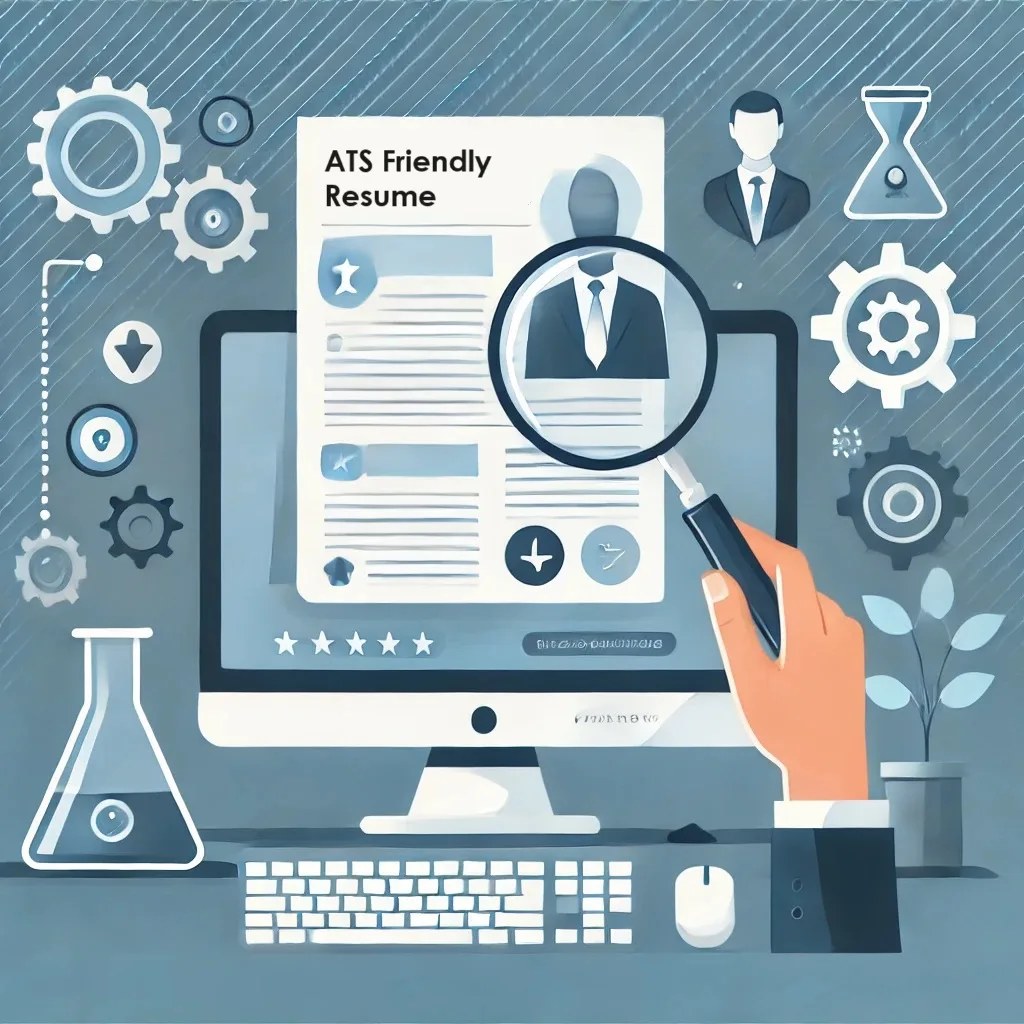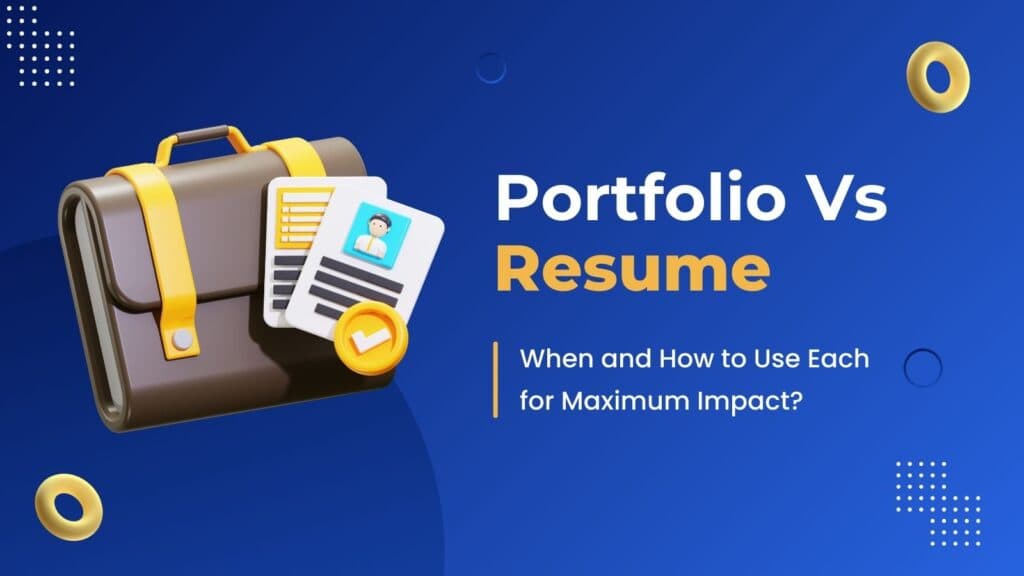The Ultimate Guide to ATS-Friendly Resumes
Written by: Rajat Bhardwaj
What is an ATS-Friendly Resume?

Ever submitted your resume and never heard back? There’s a good chance it didn’t even reach a recruiter, thanks to an Applicant Tracking System (ATS). ATS is a tool that companies use to scan resumes, filtering out those that don’t meet specific criteria. So, what is an ATS-friendly resume? Simply put, it’s a resume that’s formatted and keyword-optimized to pass through these digital gatekeepers.
Why is this important? Creating an ATS-friendly resume significantly boosts your chances of landing an interview. And with the trend moving towards concise, one-page resumes, knowing how to make yours both ATS-compliant and impactful is more crucial than ever. Let’s break down the essentials of creating a one-page ATS-friendly resume that stands out.
Why an ATS Score Matters
When it comes to ATS, your resume doesn’t just need to be readable—it needs to score well. The ATS assigns a score to your resume based on how closely it matches the job requirements. Think of it as a “compatibility score.” If your resume doesn’t score high enough, it may not make it past this first filter.
Using an ATS Resume Score Checker helps you understand where your resume stands and what adjustments it needs. An ATS-friendly resume typically scores above 80%. Want to know how to improve that score? Keep reading. You might also find our article on Resume Red Flags helpful for spotting common pitfalls that can lower your ATS score.
How to Make a One-Page Resume ATS-Friendly
Now that we know the importance of an ATS score, let’s discuss how to create a one-page resume that’s ATS-friendly. Here’s a step-by-step guide:
- Use Standard Fonts: Stick to readable fonts like Arial, Calibri, or Times New Roman. They’re clean and easy for ATS to process.
- Skip Graphics and Images: The ATS can’t read images, icons, or charts. Keep it text-only.
- Structured Headings: Label each section clearly with standard headings like “Experience” and “Skills.” This helps the ATS identify sections easily.
- Include Job-Specific Keywords: Tailor your resume for each application by using keywords from the job description.
Following these tips will make your one-page resume clear, concise, and ATS-friendly. For a more detailed guide on crafting each section, check out Ace Your Next Interview, which includes preparation tips that align with ATS standards.
Key Aspects of an ATS-Friendly One-Page Resume
Here’s what our ATS Checker evaluates to ensure your resume is ATS-compatible:
- General Information: Include essential details like your phone number, email, LinkedIn profile, and location. Missing any of these can result in an incomplete application.
- Profile Description: Use industry-specific keywords in your profile summary. This section is vital for visibility in search results and can significantly impact your ATS score. For tips on crafting an impactful profile summary, visit our guide on Profile Summary for Resume.
- Work Experience: Keep this section concise but focused on relevance. Highlight specific tools, software, and quantifiable achievements. ATS systems love measurable results!
- Projects: Use the projects section to showcase your skills and accomplishments. List tools and techniques that demonstrate your expertise. Each project should tell a story of what you achieved.
- Certifications: Include certifications that add value to your profile. Ensure they highlight the skills or tools you’ve mastered.
- Skills Relevancy: ATS systems look for consistent skills across sections. Make sure the skills in your projects, job descriptions, and certifications align.
- Resume Length: Stick to one page. A concise, well-organized resume shows focus and clarity. Plus, shorter resumes are generally easier for ATS to process.
Each of these sections plays a role in optimizing your resume for ATS, while keeping it short and powerful. For more on aligning your skills, explore our blog on Skills for Resume.
How to Check if Your One-Page Resume is ATS Friendly
Wondering if your resume meets ATS standards? Here’s a quick checklist to get you started:
- Consistent Formatting: Avoid drastic font or style changes. Uniformity makes your resume easier for ATS to read.
- Clear Section Labels: Use standard headers like “Education” and “Skills” so the ATS knows where to find information.
- Keyword Alignment: Match keywords to the job description. This step alone can significantly increase your score.
- Avoid Images and Fancy Symbols: Keep your resume text-only for ATS readability.
Want an instant assessment? Use our ATS Resume Checker to verify your resume’s compatibility. It provides feedback on your structure, keywords, and formatting to ensure you’re set up for success.
Free ATS Resume Checker Tools: Are They Worth It?
Free ATS resume checkers can be a great start, especially if you’re looking to make quick adjustments. However, they often lack in-depth feedback. Paid tools typically provide more comprehensive insights, including specific keyword suggestions and formatting checks.
Our free ATS Resume Checker offers essential feedback on structure and keyword usage, making it ideal for those just starting their job search. It’s a cost-effective way to ensure your resume is optimized for ATS without committing to a paid service. For a detailed comparison of portfolios vs. resumes and how each impacts your job search, visit Portfolio vs. Resume.
ATS Resume Checker for LinkedIn Profiles
Did you know ATS isn’t just for resumes? Some hiring platforms also scan LinkedIn profiles. Optimizing your LinkedIn for ATS can increase your visibility to recruiters.
Here’s how to make your LinkedIn ATS-friendly:
- Use Relevant Keywords: Place keywords in your profile summary, experience, and skills sections.
- Complete All Sections: Don’t skip any fields. A complete profile is more likely to get noticed.
- Professional Language: Avoid jargon and keep it simple.
Our ATS Checker can also help analyze your LinkedIn profile, offering tips to make it more ATS-compatible. For additional LinkedIn tips, see our LinkedIn Referral Strategy blog.
ATS Format Resume Checker: Does Your One-Page Format Work?
When it comes to ATS, the format is as important as the content. The best resume formats for ATS are:
- Chronological: List work experience from the most recent to the oldest.
- Hybrid: Combines both skills and experience in a balanced way.
Functional formats that focus only on skills can confuse ATS systems. Stick to chronological or hybrid structures. Use our ATS Format Resume Checker to confirm if your format is ATS-compliant. And for insights on structuring your experience effectively, check out Work Experience in a Resume.
ATS Resume Score: What’s a Good Score and How to Improve It?
A good ATS score is typically above 80%. To improve your score:
- Boost Keyword Density: Use job-specific keywords naturally throughout.
- Prioritize Relevant Experience: Focus on roles and achievements related to the job.
- Maintain Clean Formatting: Avoid complex formatting that disrupts ATS readability.
Our ATS Resume Score Checker provides instant feedback and tips on boosting your score. Each suggestion is targeted, helping you make specific improvements. For more on improving each section, explore our Profile Summary for Resume guide.
Conclusion: Get Your One-Page Resume ATS Ready Today
Crafting an ATS-friendly resume doesn’t have to be daunting. By following these guidelines and using our ATS Checker tool, you’re setting yourself up for success. Don’t let an ATS be the reason your resume is overlooked. Optimize your resume, score high, and take control of your job search.

